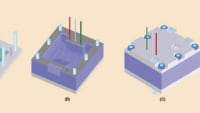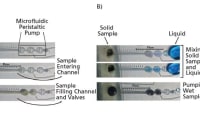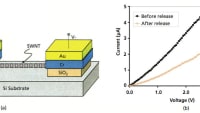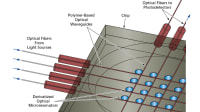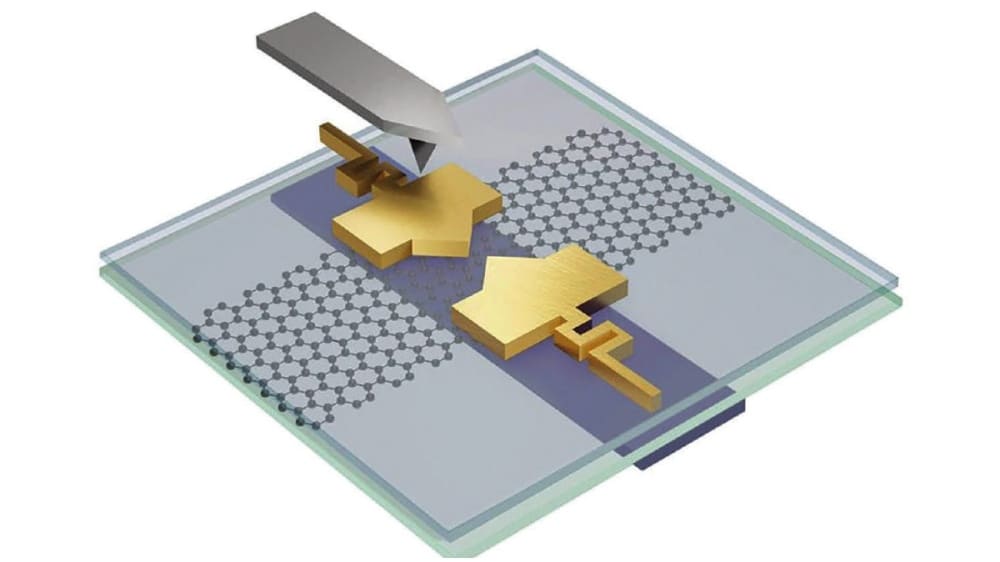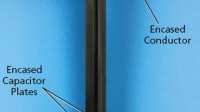Solid-state electrochemical sensors for measuring the degrees of acidity or alkalinity (in terms of pH values) of liquid solutions are being developed. These sensors are intended to supplant older electrochemical pH sensors that include glass electrode structures and reference solutions. The older sensors are fragile and subject to drift. The present developmental solid-state sensors are more rugged and are expected to be usable in harsh environments.
Like the older electrochemical pH sensors, the present sensors are based on a differential- electrode measurement principle. Each sensor includes two electrodes, made of different materials, in equilibrium with the solution of interest. The electrode materials are chosen so that the electric potential of one electrode is sensitive (or more sensitive) to the pH of the solution of interest while the electric potential of the other electrode is insensitive (or less sensitive) to the pH of the solution. One measures the difference between the potentials on the two electrodes and deduces the pH from the known relationship between that difference and the pH.
One of the electrodes of a pH sensor of the present type is an iridium wire that has been partially oxidized to have a surface layer of iridium oxide about 15 μm thick. The other electrode is a rhodium foil that has been similarly treated to impart a surface layer of rhodium oxide about 5 μm thick.

This work was done by William West, Martin Buehler, and Didier Keymeulen of Caltech for NASA's Jet Propulsion Laboratory.
In accordance with Public Law 96-517, the contractor has elected to retain title to this invention. Inquiries concerning rights for its commercial use should be addressed to:
Innovative Technology Assets Management
JPL
Mail Stop 202-233
4800 Oak Grove Drive
Pasadena, CA 91109-8099
(818) 354-2240
E-mail:
Refer to NPO-43338, volume and number of this NASA Tech Briefs issue, and the page number.





